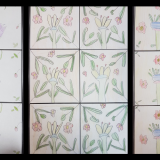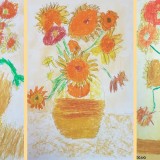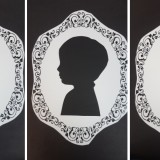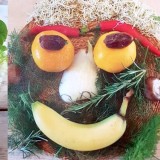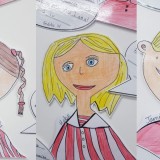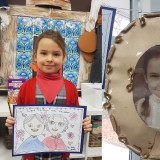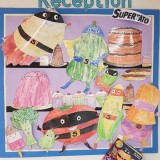In the Pre-Prep, we teach children as young as four fine art principles. Sarah Lovejoy, from the Pre-Prep, tells us that believing that each child is capable of exceeding their own artistic expectations leads to some incredible art; art the children wouldn’t have believed was possible.
Every child is an artist. The problem is how to remain an artist when we grow up.
Pablo Picasso
We aim to play a key role in developing a lifelong passion for art in our children. Drawing and painting are two important skills which support the creative mind and when you witness the pleasure the children have in producing art, it is not surprising we treasure daily art time in the Pre-Prep.

At the core of our teaching is the belief that each child is capable of exceeding their own artistic expectations and this leads to some incredible art.
We don’t dumb down art skills at all and we see that the children thrive and grow from this approach. We ensure that our wall displays in classrooms, halls and library are homemade, beautifully presented, and a standard of art that the children can hope to emulate.
From Nursery upwards, we encourage children to hold a brush properly and fine motor skills develop as the children work to control the brush to paint in certain areas. Our various topic-based art projects, enable the children to experience and learn about a wide variety of techniques and ideas from patterns and shapes, to 3D sculptures and silhouettes.
By the time children are working their way through year one we can start to introduce art concepts that enable them to go beyond the standard of art often seen at this age. We mostly use pencils, paint and chalk as it allows us to teach about shading and how to merge colours to create new colours and 3D effects. It is incredible to see how the children start independently using new techniques that we have demonstrated just a few times.
We help the children to “see” in a new way: we observe the sky isn’t always blue, and objects that we think are one colour, are often made up of a mixture of colours. We encourage children to think of the picture as a whole and to consider foreground and background composition. We look in more detail at the human form and the children begin to represent the whole body and details of facial features. When you look back through their work, it is astounding how far and fast they progress.
When I am making art, ideas just pop into my head
Poppy, age 7
We mainly focus on famous artists such as Van Gogh, Monet and Picasso, which helps the children to become culturally aware, and by Year 2 we try to emulate the artists style. In fact, one of my favourite art activities is looking at the Victorian artists with the children. We create our own version of Van Gogh’s Wheatfield with Cypresses using mixed media. We use watercolours for the background and then build up the foreground and detail on top of that with oil pastels or chalk pastels and pencils. At the end, the children are blown away by the individual mini masterpieces they have created. We also challenge the children to create Picasso style portraits. They simply love these artistic experiments and it is fabulous to see them put their own stamp on each one.
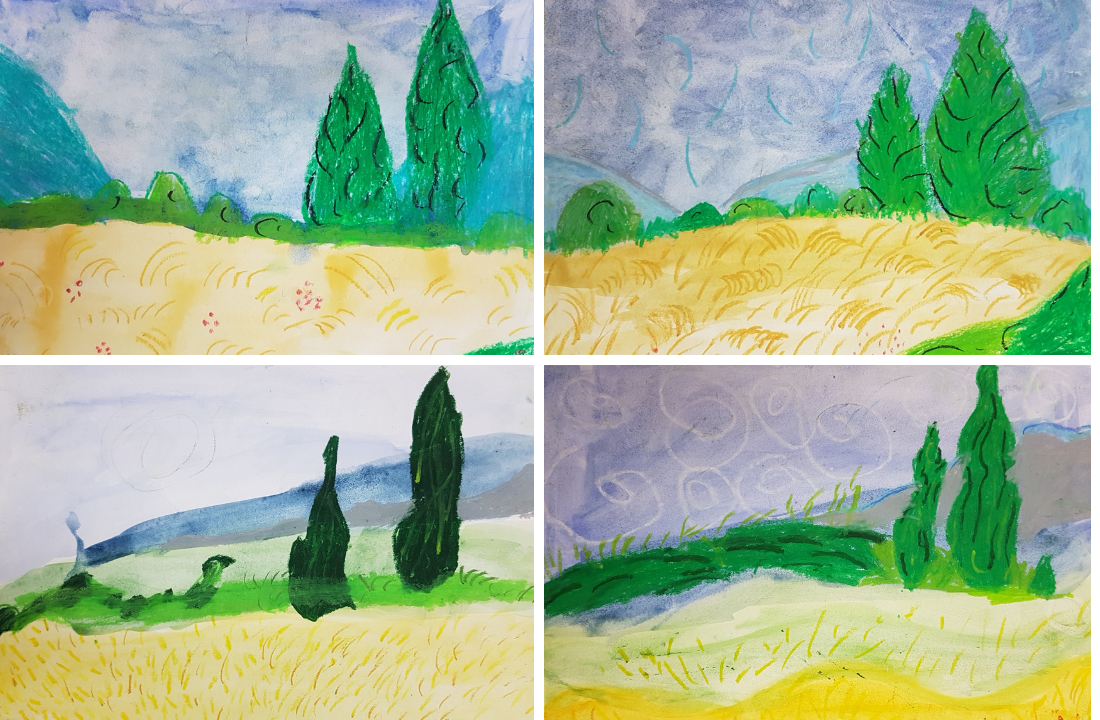
What we find is that no child gets left behind. Even those who have struggled with pencil control can manipulate paint, and of course there are no wrong or right answers with art. Our carefully structured teaching and inclusive art approach means that every single child creates art of a very high standard and perhaps most importantly with confidence and a sense of fun.
Art is incredibly relaxing – a great wellness skill for now and the future – and it feeds creativity, problem-solving and decision-making skills. It’s a wonderful thought that these children, with all their practice at thinking creatively and making art, will tackle creative challenges with positivity.




